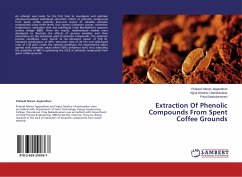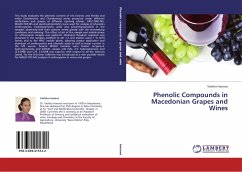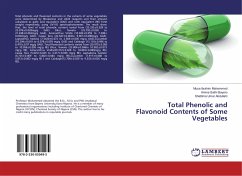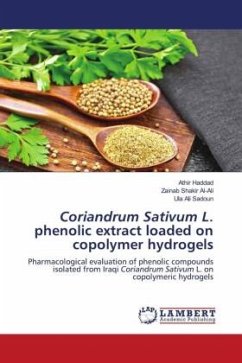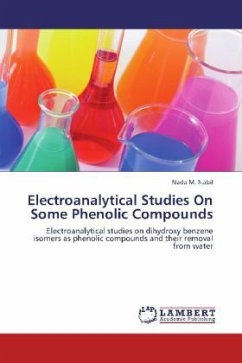
Electroanalytical Studies On Some Phenolic Compounds
Electroanalytical studies on dihydroxy benzene isomers as phenolic compounds and their removal from water
Versandkostenfrei!
Versandfertig in 6-10 Tagen
52,99 €
inkl. MwSt.

PAYBACK Punkte
26 °P sammeln!
Phenolic compounds are important and often classified as second type of environmental pollutants. Hydroquinone (HQ), catechol (CT), ,and resorcinol (RS), are three isomers of dihydroxy benzene that often coexist in environmental samples. They are usually employed as industrial reagents in the production of rubber, dyes, plastics, pharmaceuticals, and cosmetics. Due to their similar structures, it was important to develop a simultaneous and simple analytical procedure to detect them in their binary and tertiary mixture. There are some prevalent methods to remove phenols from waste effluents suc...
Phenolic compounds are important and often classified as second type of environmental pollutants. Hydroquinone (HQ), catechol (CT), ,and resorcinol (RS), are three isomers of dihydroxy benzene that often coexist in environmental samples. They are usually employed as industrial reagents in the production of rubber, dyes, plastics, pharmaceuticals, and cosmetics. Due to their similar structures, it was important to develop a simultaneous and simple analytical procedure to detect them in their binary and tertiary mixture. There are some prevalent methods to remove phenols from waste effluents such as chemical oxidation, coagulation, solvent extraction, liquid membrane permeation and adsorption. Among these methods, adsorption is an effective method to remove relatively low molecular weight organic compounds with moderate and low concentrations.




